Global food prices are on course to hit an all-time high in 2013 – and middle-class consumers of meat and dairy are set to be worst affected, a new report from Rabobank has warned.
The price of agricultural commodities would continue to rise well into the third quarter of next year, the report claimed, driven to a large extent by this year’s drought in the US Midwest and weather problems in other grain and oilseed-producing regions, such as Russia and South America.
During the last major food price crisis, in 2008, price inflation largely affected staples such as rice and wheat. But this time feed crops including maize and soybeans are being hit the hardest.
That meant sectors such as meat and dairy, which rely heavily on these crops for animal feed and are consumed mostly by the middle classes and less by the world’s poor, were set to suffer the most, Rabobank said.
“The impact on the poorest consumers should be reduced this time around, as purchasers are able to switch consumption from animal protein back towards staple grains like rice and wheat,” added Rabobank’s Luke Chandler.
“These commodities are currently 30% cheaper than their 2008 peaks. But in developed economies – especially the US and Europe – where meat and corn price elasticity is low, the knock-on effect of high grain prices will be felt for some time to come.”
Higher grains prices would also slow down the long-term trend towards higher meat and dairy consumption in Asia, North Africa and the Middle East, Chandler said.
Rabobank predicts the FAO Food Price Index will jump up by a further 15% to 243 points by the end of next June. Current food price records – which were set in 2011 – were “likely to be broken” as the market realised just how tight the fundamental supply and demand situation on key commodities was.
“In order for demand rationing to take place, in turn encouraging a supply response, prices will need to stay high,” the report read. “As such, Rabobank expects prices – particularly for grains and oilseeds – to remain at elevated levels for at least the next 12 months.”
Higher meat and dairy prices would be the key drivers behind the increase in the Food Price Index, although the effects of higher animal feed prices on these sectors would not necessarily be immediate but could linger for some time to come.
“As herds are liquidated, this will increase supplies in the short term and depress prices,” Rabobank said. “In the medium to longer term, this will maintain upward pressure on food prices as meat and dairy supplies contract.”







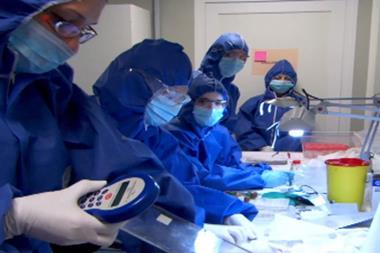
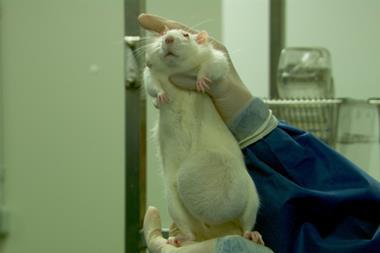


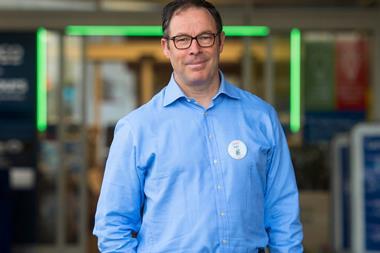




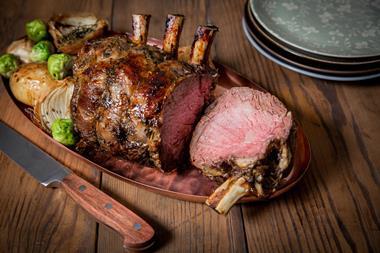

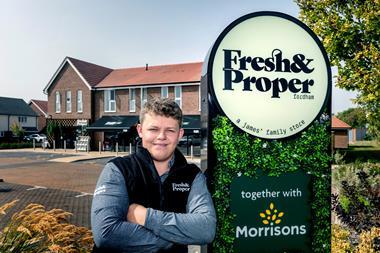
No comments yet